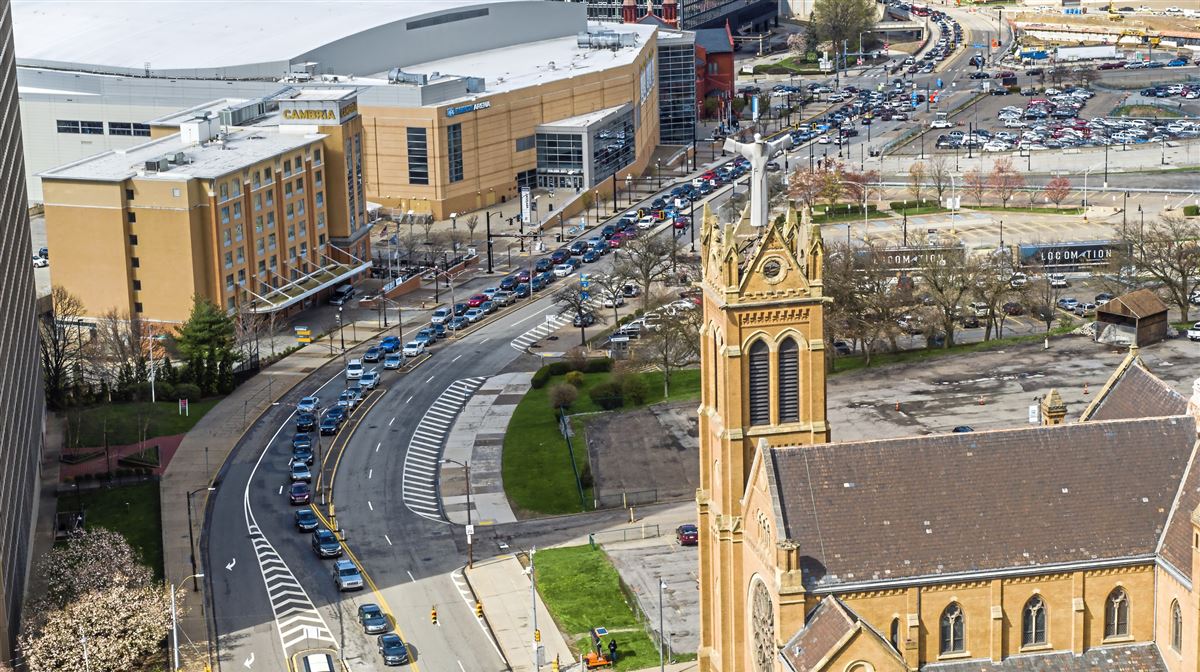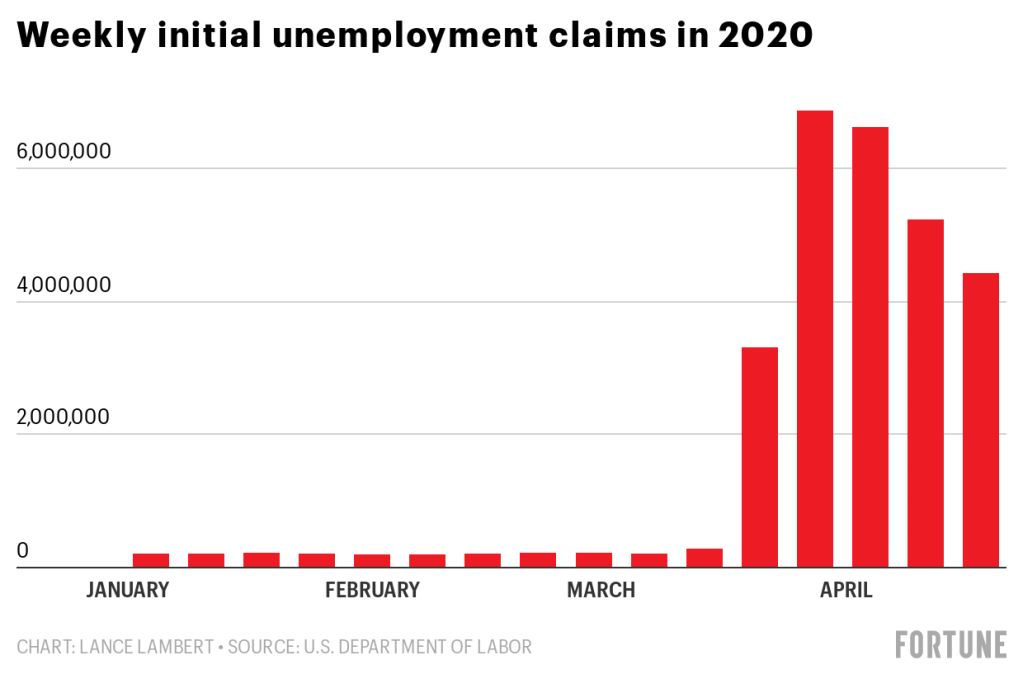Thanks to the kindness of a QQ member (who foolishly asked to remain nameless) I was able to get a copy of this disc when it came out, at a time when I wouldn't have otherwise been able to afford it. So to that person, thank you, and yes I will help you roll that person you "accidentally" hit with your car in a rug and throw the body off a bridge - I just need some advance warning so I can reserve the date.
It's probably been said before in this thread, but I just have to reiterate how beautiful the presentation of this package is - it replicates the design of the original Japanese gatefold SQ LP down to a T, even to the point that if you flip the sash obi-strip inside out, it has the original LP obi design on that side. Obviously these discs are expensive, but for me, this sets the standard for quality in reissue packaging for a major label - I'd rather have one of these at $50, than a barebones MoFi cardboard digipack for 10 bucks less.
So I've listened to this album a few times now, and I'm still not sure what to rate it. It's sort of like the fancy silverware - the kind of thing that only gets brought out and enjoyed once or twice a year, but I suppose unlike the fancy silverware, I wouldn't get
Live-Evil out when I had company over, as it gets a bit "raunchy," to use a word that my dad once used to describe the second half of the
Chicago Transit Authority album.
I actually hadn't listened to this album very much in the past, for a couple of reasons - one is that it never received discrete (Q8) release and seriously dislike SQ decoding, especially for any kind of "busy" music. The other is that I was under the misapprehension that it was a half-studio/half-live album, and I find that often albums like that are basically an excuse to cobble two different kinds of under-cooked leftovers together. That isn't the case here - what I would call this is an album of original material culled from both studio and live recordings, oftentimes with both sources employed within the same track.
The
wiki page for the album has the full breakdown of the sources and edits used to make the record, but I just wanted to show an example of this by highlighting the first track,
Sivad:
(Recorded December 19, 1970 at The Cellar Door, Washington, DC & May 19, 1970 at Columbia Studio B, New York, NY)
| Timing | Source |
|---|
| 00:00-00:01 | "Directions" (2nd set) 0:00-0:01 (drum roll) |
| 00:02-03:24 | "Directions" (2nd set) 11:30-14:44 + "Honky Tonk" 00:00-00:08 |
| 03:25-04:14 | "Honky Tonk" (studio, May 19, 1970) 00:00-00:49 |
| 04:15-09:11 | "Honky Tonk" (2nd set) 05:23-10:20 |
| 09:12-15:12 | "Honky Tonk" (2nd set) 15:13-21:14 |
So as you can see, the first three and a half minutes or so are from a live recording, and then it switches from a live recording of
Directions, to a live recording of
Honky Tonk to the studio version (I love how the room ambiance changes as it does) and then back to the live version of
Honky Tonk for the final 10 minutes or so.
In this digital age I think we take the ability to cut and paste, manipulate and rearrange things with ease for granted - but think about the fact that in a song like that (which has at least 6 edits) that to make those edits, you have to locate the exact point on the master tapes where you want the edit to be and literally cut the tape with a razor blade - no re-do's or second chances if you screw it up! You can see video of Hugh Padgham doing this during the making of the
Genesis album in 1983 in one of those documentaries (found it on YouTube
here) that came with the SACDs, and honestly, every time I see it I hold my breath even though I know it's going to turn out alright.
Add to the fact that each edit requires two cuts (end of one section and the beginning of the next) so 6 edits is 12 cuts, and then add up all the edits on
Live-Evil (or any of the other Miles Davis albums) and you'll start to grasp the remarkable role that Teo Macero played in the creation of the album. Also remarkable is Ray Moore's quad mix - I'm not sure if Macero edited the actual multitrack tape, or if they mixed things to stereo and then edited the stereo sections together - if it's the latter, and Moore had to recreate the quad mix by re-assembling and editing all the various multitracks, he's done an absolutely remarkable thing indeed. As others have said, it's not as crazy as the quad mix for
Bitches Brew, but it's also no slouch, with instruments equally weighted between all four speakers. I particularly like the tracks that feature John McLaughlin because you can hear him going nuts, solidly panned to the rear-left speaker.
After this Moore went on to be CBS's main man for classical quad mixing, and did a lot of highly regarded stuff, including all the E. Power Biggs organ quads - based on how good his two Miles Davis mixes are, it's a real shame that he didn't get to work on any more jazz or pop material. I also had occasion to A/B a fold-down of the quad with the stereo version on headphone for a bit in Foobar after I ripped the SACDs, and the quad mix is considerably better sounding in terms of frequency response - there's more low lows and upper midrange, and all the instruments are more well defined.
I also think I achieved peak jazz-hole listening to this album, because there were a couple of times I actually laughed out loud at what the musicians were doing - I'm not sure exactly how to articulate this, but I think I've listened to almost every funk album of note from the late 60s to the early 80s, so I have (what I think is) a really strong grasp on the conventions of the genre. These "laugh out loud" moments happen when I can hear the guys on this album that have jazz sensibilities (like Keith Jarrett, John McLaughlin, etc.) purposely go 'left' when a funk musician would go 'right', like avoiding playing on the "one", or playing some weird harmony around a riff instead of joining in with the groove the way a more R&B grounded player would. So when I say laugh out loud, I don't mean it derisively, I mean it more in a sly "a-ha, I see what you're doing there, you sneaky jazzman!" kind of way. As I said, peak jazz-hole on my part.
So yeah, to sum up, love this release, stunning packaging, fantastic sonics, but it doesn't come off the shelf nearly as often as other titles that I'd rate as highly as this one, so I'm not sure what numerical score to give it. And maybe a slightly unpopular opinion, but the pastoral Hermeto Pascoal numbers on the album do very little for me - gimme those 15 or 20 minute funk workouts!















